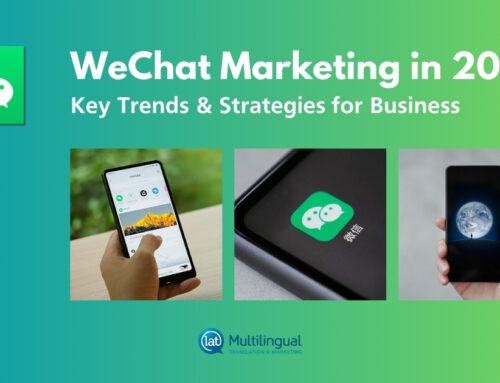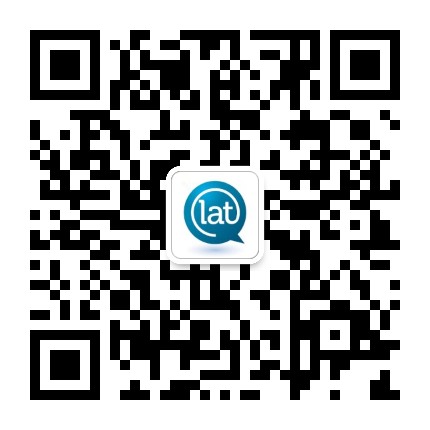With the COVID-19 pandemic hampering people’s ability to leave their homes, more and more businesses are relying on teleconference tools and webinars to collaborate. But have you considered these same tools to connect with clients and increase sales?
LAT has been facilitating webinars for our own clients, and we’ve found them to be a great tool for engagement and relationship building. In fact, we predict we’ll continue to see a lot more webinars being held and used as sales tools, even as the pandemic ends.
Here are some of the lessons we’ve learned recently from facilitating sessions for our clients in the health & wellness industry, as well as car dealerships:
1. Plan Ahead
While hosting a webinar doesn’t have to be a complex undertaking, it does require some planning to pull it off successfully. Don’t try to wing it at the last minute. Give yourself enough time to research what tool you want to use, to promote your event properly, and to develop and rehearse so that you are at ease with the content and the technology on the day of your session.
2. Budget for Webinar Promotions and Prizes
So you’ve figured out the topic of your webinar. Now you need people to sign up. Depending on what channels you have at your disposal, this could encompass letting people know through an e-mail delivered to your client database, or through posts on your company’s Facebook, Twitter, Instagram, or WeChat accounts. Advertising on a popular digital publication is another way to promote your session. But be aware that organic promotion attempts are not guaranteed. That’s why we recommend having a budget set aside for promotions or prizes. If you don’t have to use it, great. But if registrations are dwindling, it can give your event the boost it needs.
3. Keep it Simple
Yes, you want to collect some of your customer’s information, but be aware that for some folks, filling out multiple fields of information online is a waste of time (and at worst, an invasion of privacy). To keep people moving through the sign-up process, keep your form simple and straightforward. If your target audience does not speak English as a first language, give them options they will be comfortable using.
4. Be Engaging
In a work environment, a PowerPoint presentation may be the de facto method of presenting. But if you’re asking people to join an event after work, keep it fun and informal. If walking through your store or dealership or showing an apartment unit, it might be acceptable to slap your phone on a selfie-stick and do a tour. Some of the best webinars we’ve been part of actually involve a virtual happy hour with break out rooms for facilitated conversation. Our advice? When deciding whether to take a more formal approach or keep it casual, consider the personal style of your presenter, your audience and your topic matter. And whichever way you go, engage with your audience throughout the event, be authentic, and try to keep things as “face to face” as possible.
5. Practice Makes Perfect
Over-rehearsing is never a good idea, but we always recommend doing a dry run before you “go live”. Set up a practice call with co-workers or friends and make sure that you can quickly login and know your way around your chosen software. Practice what you will be doing on the call, whether it’s simply sharing your screen, muting and unmuting guests, or moving people in and out of breakout rooms. If you are delivering a presentation, practice your timings so you can fit in everything without rushing or skipping ahead, and have enough time to answer any questions at the end.
6. Don’t Forget Follow Up
After you have completed your session, be sure to follow up with those who registered. One way is to send out a post-event survey so you can capture what went well and what areas you could improve upon for next time. It’s also a good idea to record your presentation and send out a link as part of your follow up email. That way you can still get information out to those who registered but did not attend, or those wishing to re-watch it again later (or share with their colleagues!).
—
It’s always important to adapt and innovate, but these challenging times are making it imperative for brands to adopt online alternatives to in-person sales. If you need assistance coming up with interesting ways to engage with your clients, in any language and on their favourite platforms, contact us!















